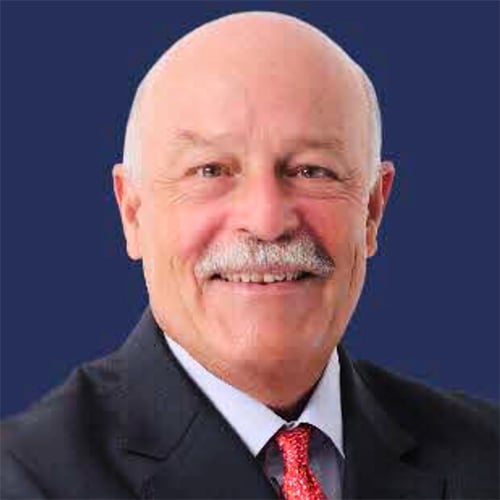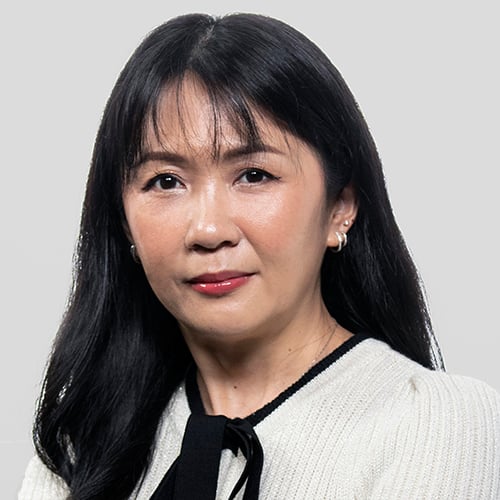Fixed-income investors are advised to be more aware of duration risk, top-down asset allocation, and security selection as they navigate an asset class plagued by competing narratives in the wake of the pandemic and the resulting fiscal stimulus.
At present two competing narratives have taken hold in the global fixed-income markets that are making it more challenging for investors. First, is a risk-off scenario that advises caution because of concerns over fundamentals of the global economy in the wake of the repetitive cycle of lockdowns. Second, is a more optimistic risk-on scenario based on the positive prospects that may result from the vaccine news and the growth that may arise from massive fiscal stimulus by the United States and Europe.
“Investors are in unchartered territory and navigating complex cross-currents that are likely to persist, including weak economic conditions and the effects of the pandemic. While the efficacy of vaccines recently approved is a bright spot, the manufacture and distribution of the vaccine is likely to be challenging. Normalized economic activity is unlikely to resume before the third or even fourth quarter of 2021, when herd immunity is expected to occur once sufficient numbers of people have been vaccinated,” says Pilar Gomez-Bravo, director of fixed income, Europe, at MFS.
The cautious scenario highlights the fundamental concerns reflected in a large output gap (the gap between actual and potential GDP), significant labour market disruption and elevated levels of unemployment, revenue declines, particularly in the services sector, and high and rising levels of corporate debt. Access to credit is unequal, with smaller companies generally faring worse than larger enterprises and often facing both liquidity and solvency difficulties.
For the optimistic scenario, the gargantuan global stimulus provided in response to the lockdowns and the recent positive vaccine announcements are key pillars for the risk-on approach. The US stimulus package is currently at US$1.9 trillion, while the EU package is at 1.8 trillion euros (US$2.2 trillion).
“The size of the monetary response dwarfs the stimulus provided during the global financial crisis. And this time central banks have increased the scope of their buying as well as the amount, abandoning previous red lines to include municipal, corporate and high- yield bonds as well as financial instruments such as ETFs. Interest rates have declined to levels not seen this century in response,” says Owen David Murfin, institutional fixed income portfolio manager at MFS.
This means that lower-for-longer rates are forecast to prevail for some time to come and, similarly, credit spreads will likely continue to be anchored by central bank intervention.
Generating alpha
“For investors, ultra-low yields elevate the importance of generating alpha relative to market beta. The best way to generate yield in this environment, in our view, is to be cognizant of duration risk and top-down asset allocation while focusing on security selection,” says Gomez-Bravo.
Both Gomez-Bravo and Murfin believe that the capital markets are currently favouring the more optimistic risk-on narrative which they refer to as a “Goldilocks” scenario where equity and credit markets are expected to perform well and credit yields are effectively capped given the nature of ongoing central bank market intervention.
“A Goldilocks scenario fueled by central bank quantitative easing (QE) has existed about a third of the time. These periods have in some cases led to taper tantrums when central banks scaled back QE programmes,” say Gomez-Bravo and Murfin.
In a near-term range-bound environment, carry is key, but understanding the associated risks will be critical to avoiding drawdowns in anticipated periods of volatility in the longer term as central banks normalize policy and markets react. In this context, a comprehensive hedging strategy with diversified hedges becomes more important.
“With yields and beta so low, alpha generation will be more important than ever, at least until the environment normalizes. Investors expanding their opportunity set and embracing a flexible global multi-asset approach may support alpha generation. In our view, the best way to generate yield in the coming couple of years is to be cognizant of duration risk, be agile regarding top-down asset allocation and, most important, focus on security selection. Searching for yield in the liquid rather than the illiquid parts of the market may offer benefits,” they say.









